We've often discussed the concept of “electricity tail,” particularly with the use of solar stations, designed to eliminate this electricity consumption tail and thus reduce your electricity bill. Understanding what the electricity tail is, how it's calculated, its importance, and how to reduce it can help you optimize your energy consumption, reduce your bills, and have a positive impact on the environment. Let's take a closer look at this very important concept.What is the electricity tail?The electricity tail, also called “electricity consumption tail” or “electricity background noise,” represents the minimum amount of electricity consumed by a home, generally when only essential appliances are operating, such as when everyone has left for work, for example. It represents the minimum consumption necessary for the home, and cannot be reduced. The appliances that impact the electricity tail are generally those that continue to consume electricity even when they are not actively in use. These appliances can significantly contribute to your household's minimum energy consumption. Here is a list of the most common devices that affect electrical heels:1. Devices in Standby Mode
Televisions, audio systems, and game consoles:
Even when turned off, if left plugged in, these devices continue to consume a small amount of energy.Computers and IT Equipment:Computers, even in standby or hibernation mode, consume electricity.2. Kitchen EquipmentRefrigerators and freezers:
These devices are constantly running to keep food at the right temperature.
Microwave Ovens:
- The digital display and clock consume energy even when the oven is not in use. 3. Communication Devices
- Wi-Fi Modems and Routers: These devices are typically left on 24/7 to provide continuous internet access.
4. Chargers and Adapters
- Phone, laptop, and other adapter chargers: Even when devices are not plugged into these chargers, they can continue to consume electricity.
- 5. Home Automation, Security, and Surveillance Systems Home automation devices, security cameras, alarms, and smoke detectors:
These systems are designed to operate continuously, thus constantly using electricity.
- The electrical bottom line is often visible as a plateau on energy consumption graphs, indicating the baseline consumption of a building or household outside of peak activity periods. Here, the minimum consumption is often around 500W.
How is the electrical bottom line calculated?
- Calculating the electrical bottom line is a crucial step in effectively managing your energy consumption. There are two methods: one very precise but more complicated, and the other taking only a few seconds. Accurately Calculating Your Electricity Consumption Limit Accurately calculating your electricity consumption limit is based on analyzing your electricity consumption data over a defined period, often a month or a year, to identify the minimum amount of electricity you consume. Here are the detailed steps to calculate it:
1. Collecting Consumption Data
- The first step is to gather your electricity consumption data. This data can be obtained from your electricity meter, whether traditional or smart. Smart meters are particularly useful for this task, as they provide real-time consumption readings and can easily export this data for further analysis. You can connect to your Enedis account. to obtain detailed monitoring of your consumption.
2. Identifying Low Consumption Periods
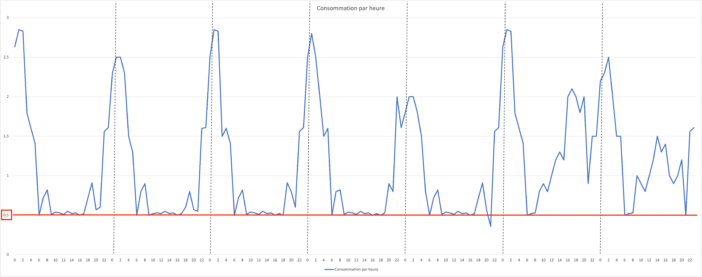
3. Calculating the Average Low Consumption Level
After identifying these low consumption periods, calculate the average of these values to determine your electricity base. This average represents your minimum or baseline energy consumption, reflecting the operation of appliances in standby mode or any other essential equipment that remains on continuously.
4. Analyzing Variations
It is also important to analyze the variations in your electricity base over time. Sudden increases may indicate the addition of new energy-consuming appliances or equipment failures that unnecessarily increase your baseline consumption. The base value can also vary from one season to the next. 5. Use of Tools and Software
To facilitate this calculation, you can use energy management tools and software, such as the Enedis Linky service, e.conomize, Ecojoko, etc. These solutions enable automatic data collection and analysis, providing a clear view of your energy consumption and easily identifying your electricity consumption limit.
By understanding and regularly calculating your electricity consumption limit, you can take informed steps to reduce your basic energy consumption, optimize your energy habits, and save significantly on your electricity bills. The quick and easy method: read your Linky meter! The Linky smart meter allows you to view the electricity consumption of all electrical equipment in use in your home in real time. To access your current consumption information, simply press the “+” button on the meter until the Volt Ampere (VA) measurement is displayed, revealing the current power demand. Note that one Volt Ampere roughly corresponds to one Watt. We won't go into technical details, but this page explains these different values quite well. This data, referred to as “APP POWER,” is the power demand at a given moment. To accurately determine your electricity consumption baseline using the Linky meter, make sure your home is in a state of complete rest, similar to a prolonged standby mode (such as when you leave home for work, for example, and the home is empty). This involves turning off all light sources, stopping household appliances such as the washing machine and dishwasher, turning off the television, and putting audio devices on standby. Under these conditions, the Linky meter can then provide a reliable indication of your household's electricity consumption threshold, i.e., the minimum energy consumption encompassing all your appliances.
Why is it important to know your electricity threshold?
Knowing your energy consumption is crucial for several reasons. First, it allows you to identify your unavoidable consumption, that is, the portion of your consumption that cannot be reduced without major changes to your habits or equipment. This helps you better understand where and how you can save energy. Furthermore, by knowing your energy consumption, you can detect devices that consume unnecessary energy while on standby, and thus take steps to reduce this consumption.
How to lower your energy consumption?
Lowering your energy consumption can help you reduce part of your electricity bill. There are several methods for doing this.
1. Audit your consumption
The first step to reducing your energy consumption is to conduct an energy audit. This involves identifying devices and systems that consume energy even when they are not actively in use. As we saw in part one, there can be many! 2. Invest in energy-efficient equipment
Replacing old, energy-hungry appliances with newer, more efficient models can have a significant impact on your basic energy consumption. When purchasing a new appliance, pay close attention to the energy label.
3. Optimize the use of your appliances
Pay attention to the use of devices on standby. Unplug chargers and electronics when not in use.
4. Improve insulation
Proper insulation in your home or building can reduce the need for heating and cooling, thus lowering your basic energy consumption. 5. Adopt renewable energy Installing solar panels, such as solar stations
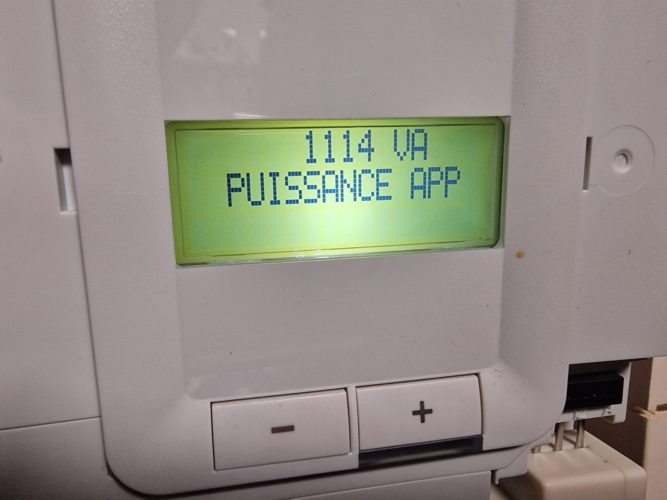
already presented on the site, can reduce your dependence on traditional energy and lower your electricity cost. However, be careful to properly size your installation: here, we will aim to eliminate the electricity cost. An oversized installation will result in excess solar production being sent to the street for free, further extending the installation's depreciation. By using a solar station that matches your electricity cost, you will ensure that you consume its entire production, thus optimizing its depreciation.
Two examples of electricity cost reduction: on the left, the solar solution is oversized, so that nearly 4 kWh is sent to the street for free; on the right, the solution is better sized, the production is almost entirely consumed by the home.
Oversized installation, many losses
Installation roughly correctly sized
Conclusion
Understanding and optimizing your electricity cost is beneficial for both your wallet and the planet. By adopting simple measures and investing in energy-saving technologies, you can significantly reduce your basic energy consumption. Have you already taken steps to lower your electric heel? Share your experiences and tips with us!
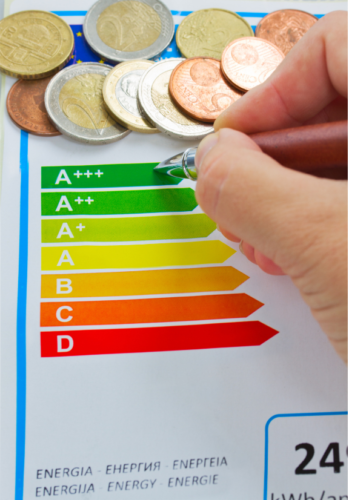
Station Beem On 460w
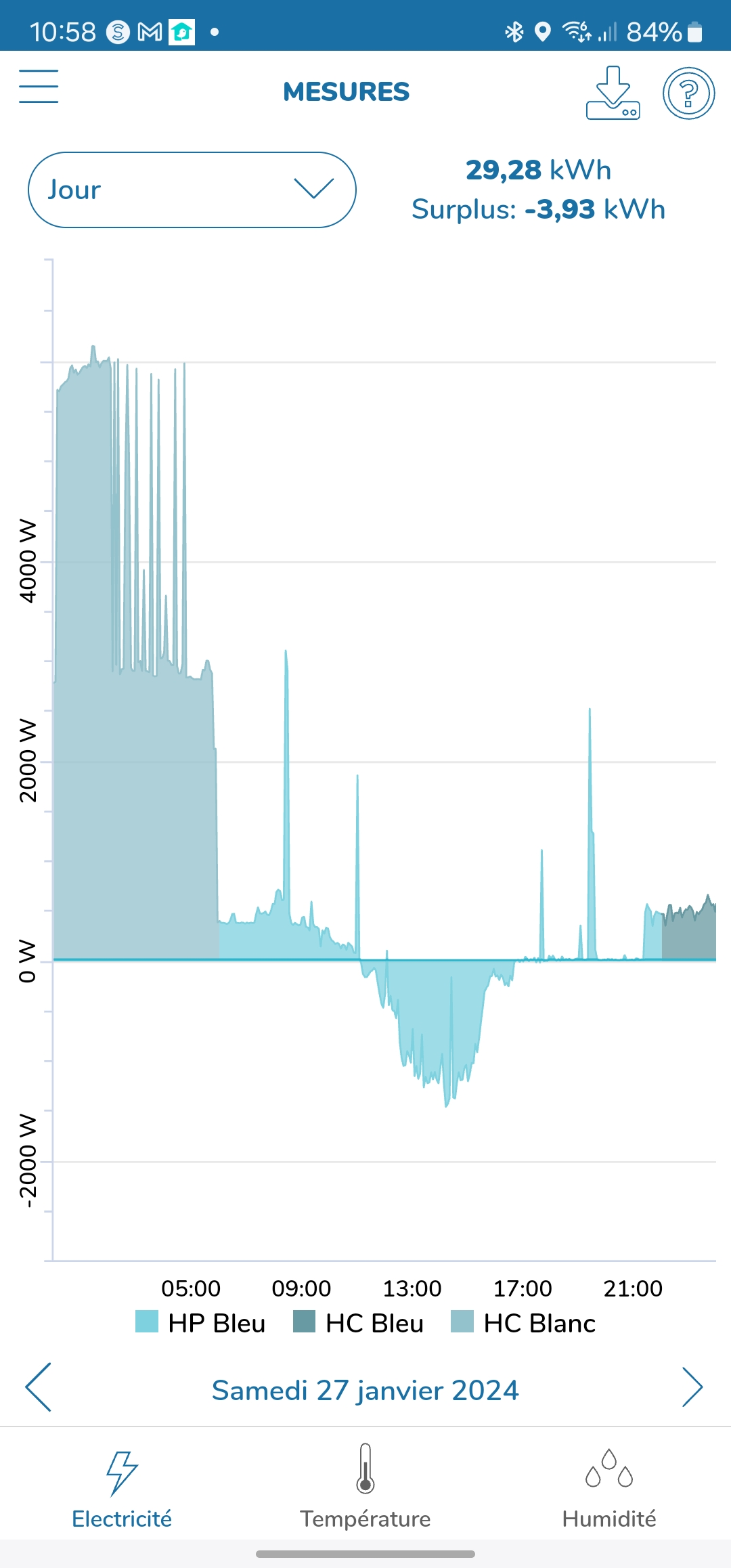
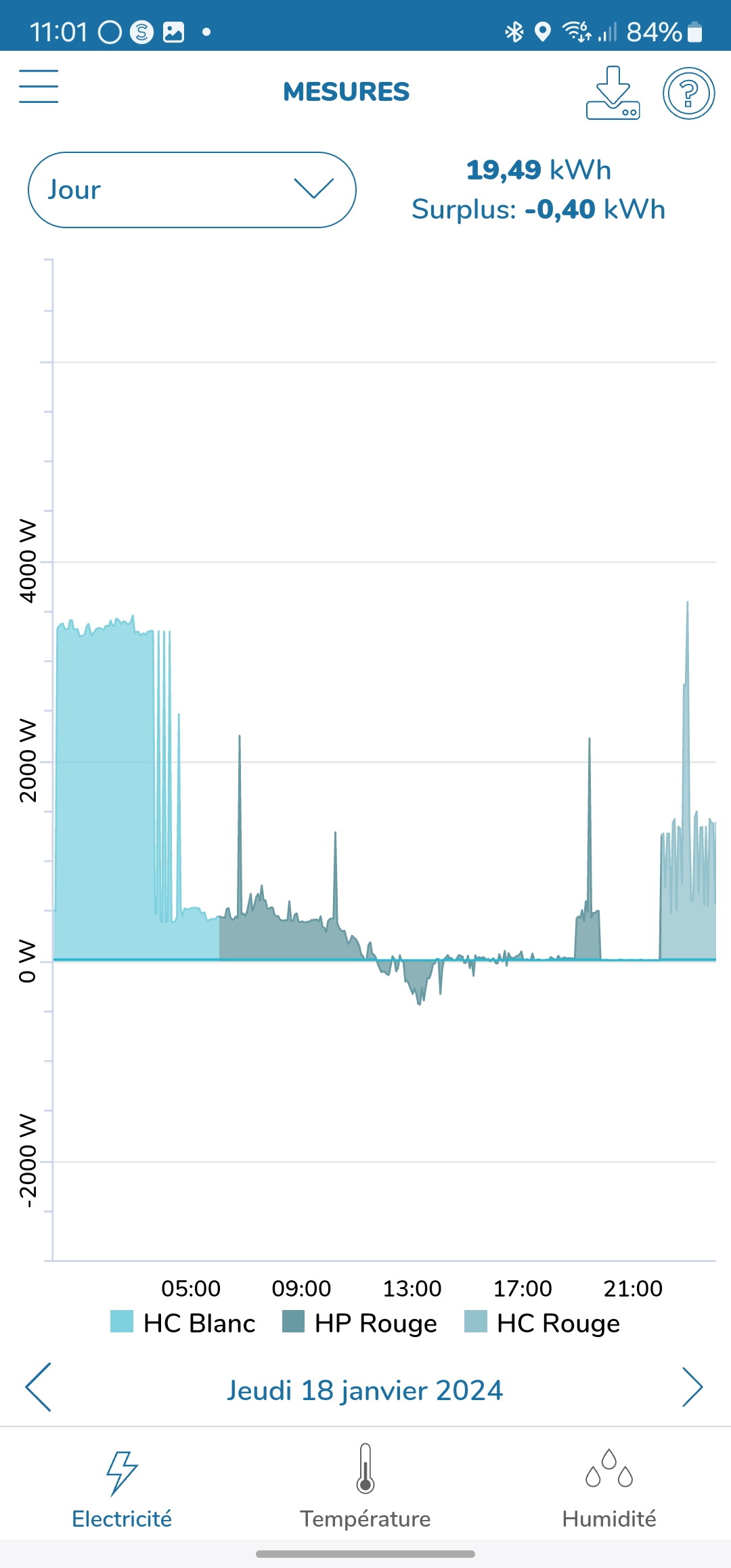


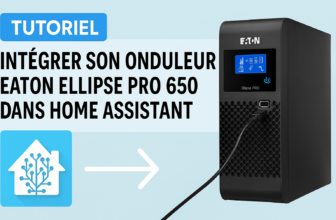




Please remain courteous: a hello and a thank you cost nothing! We're here to exchange ideas in a constructive way. Trolls will be deleted.